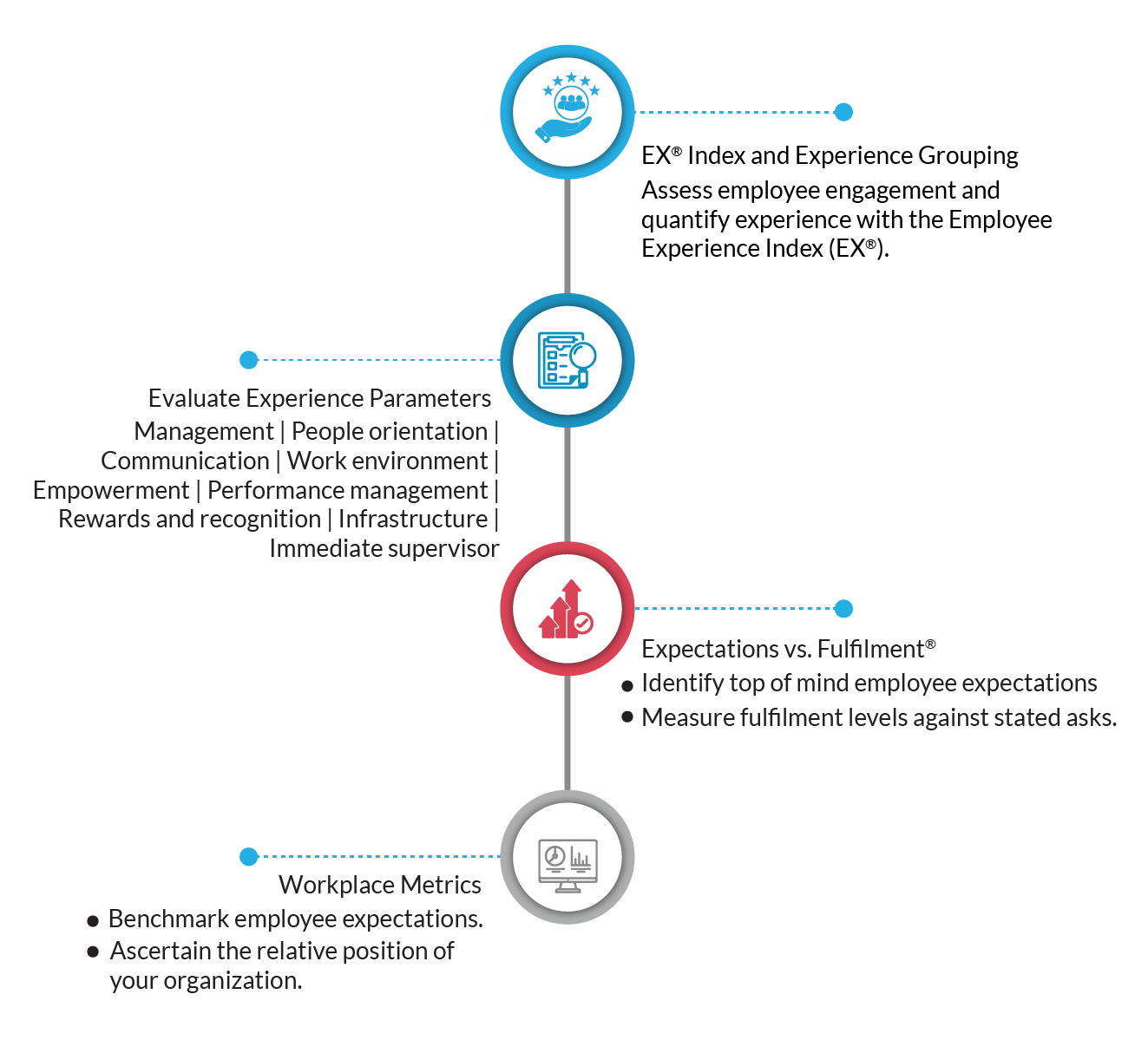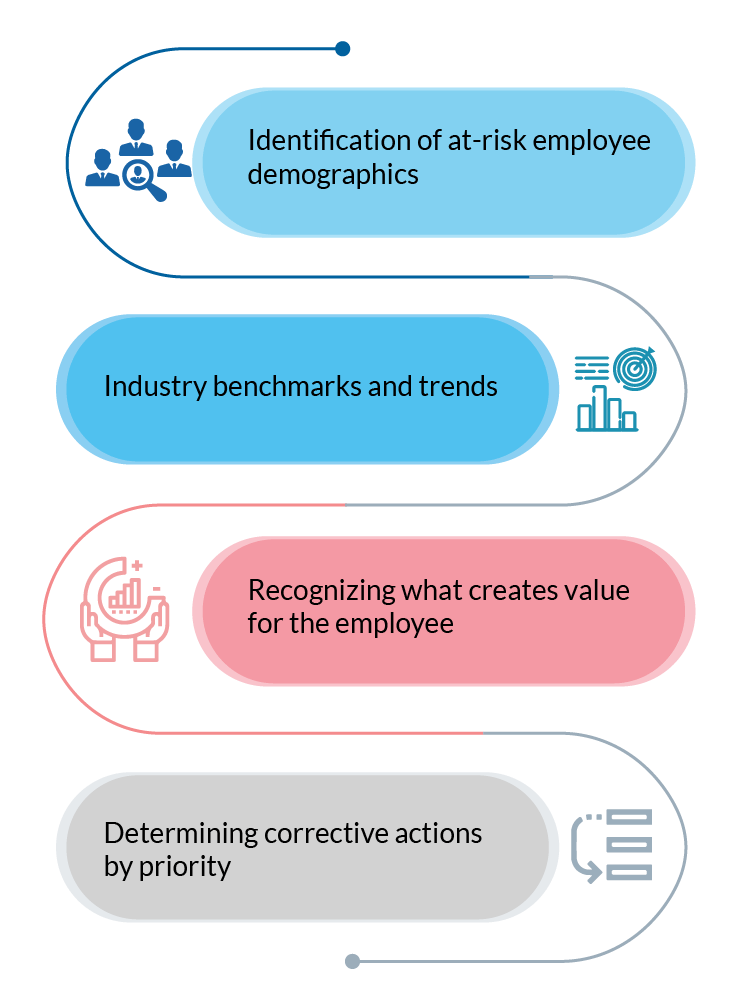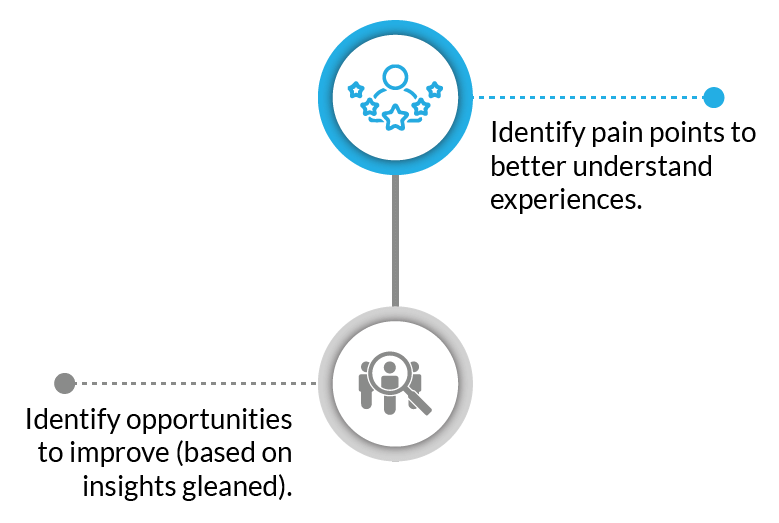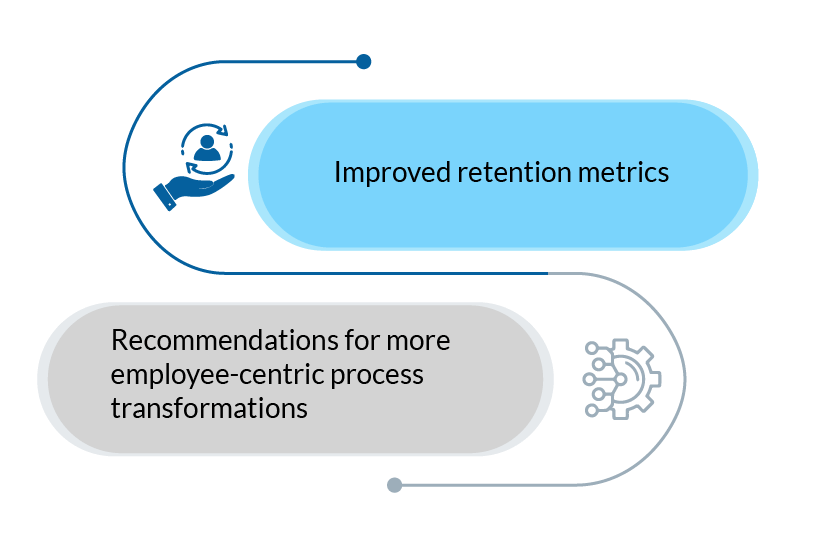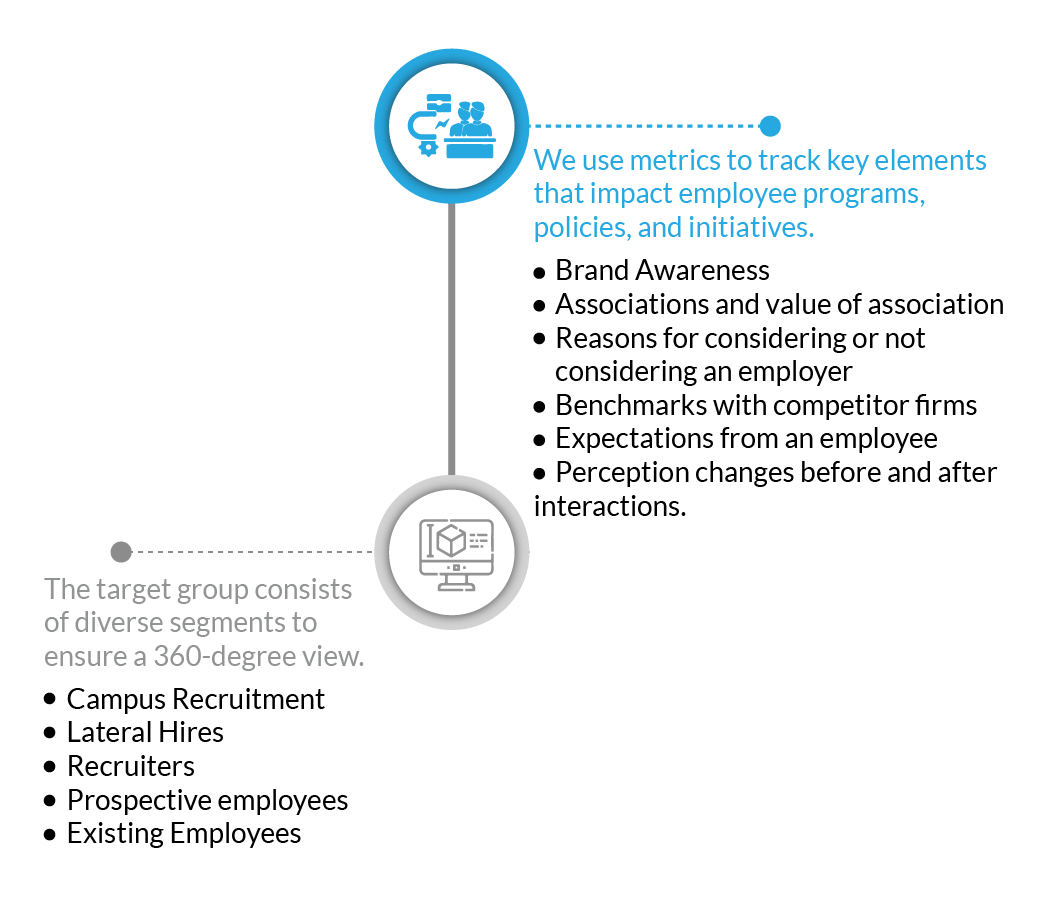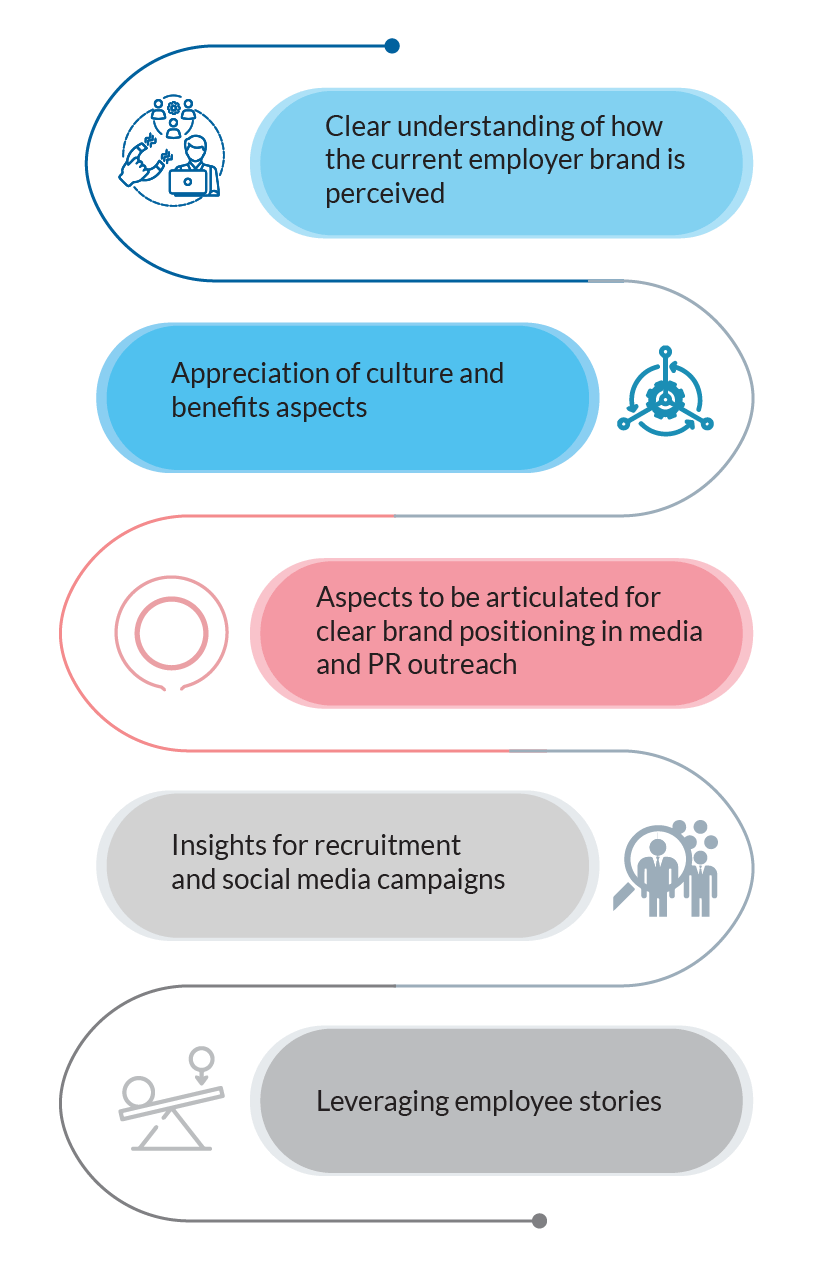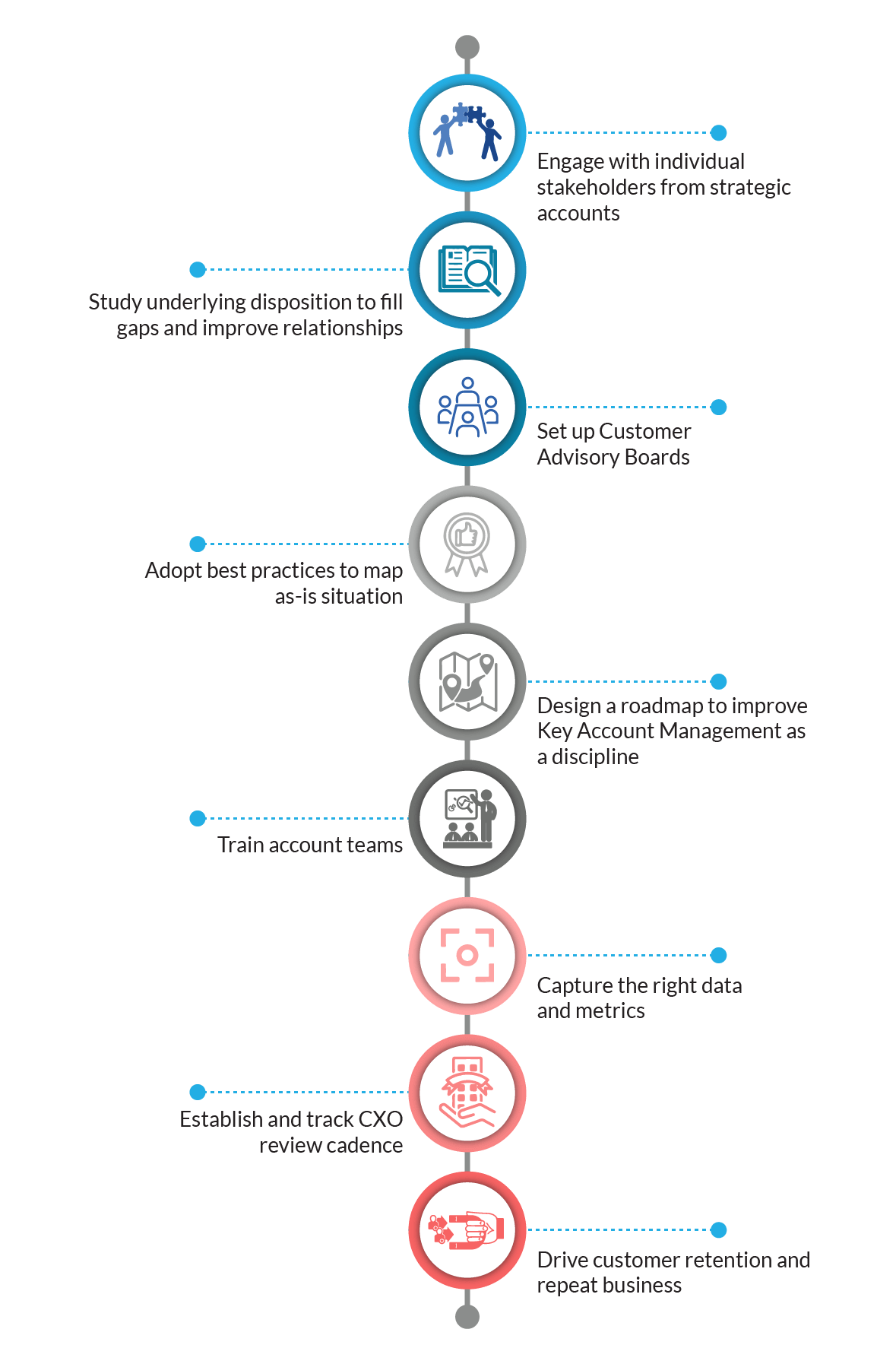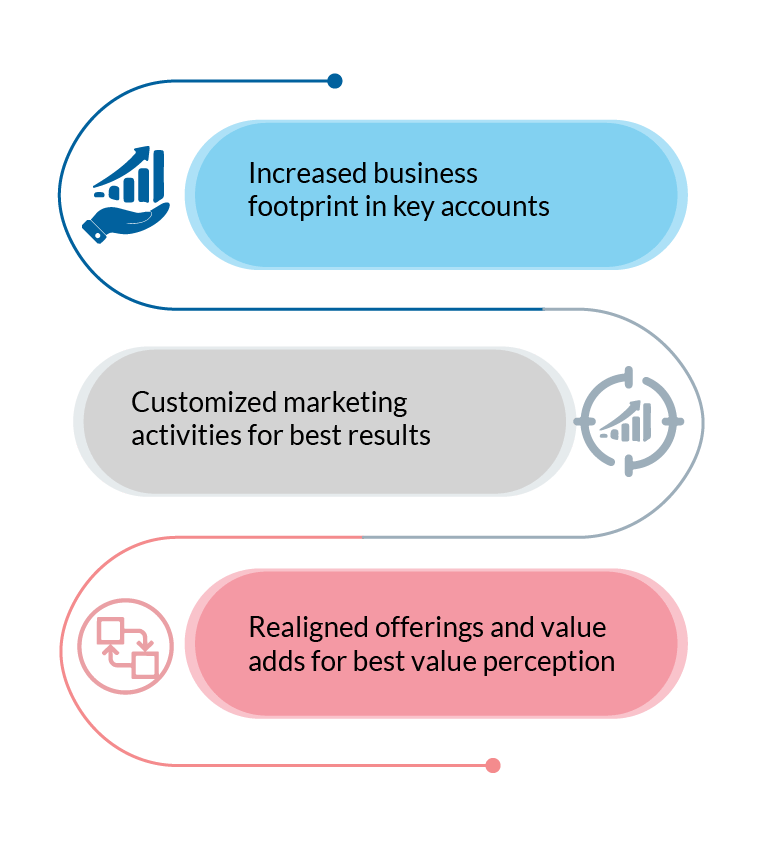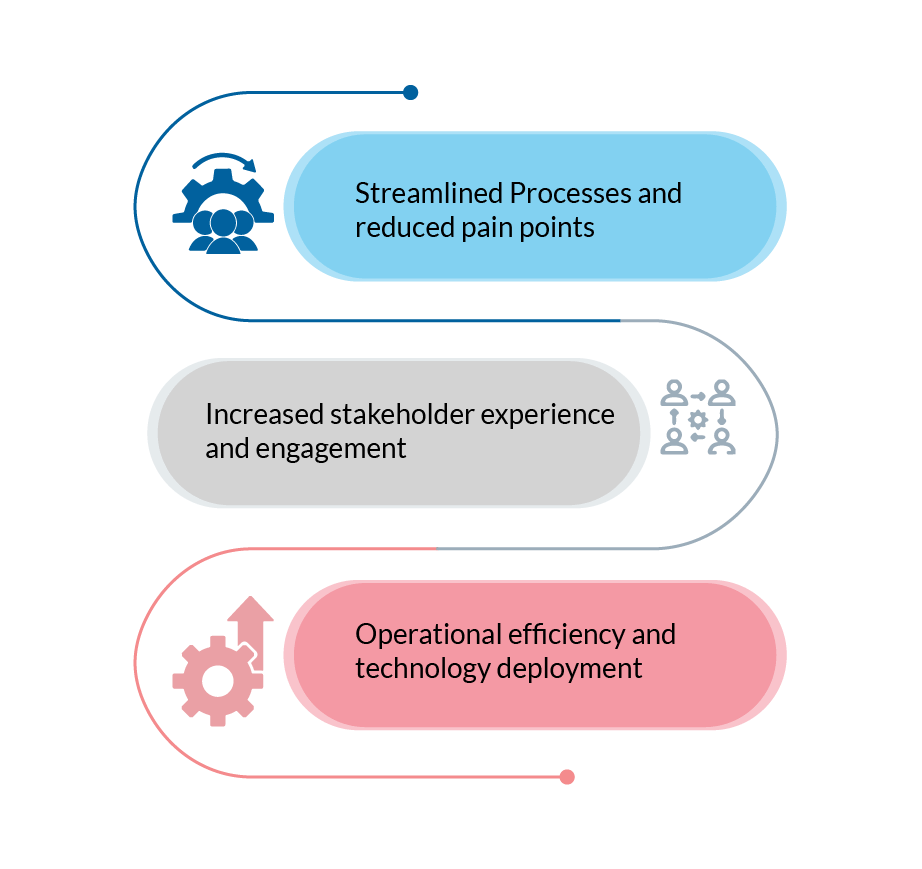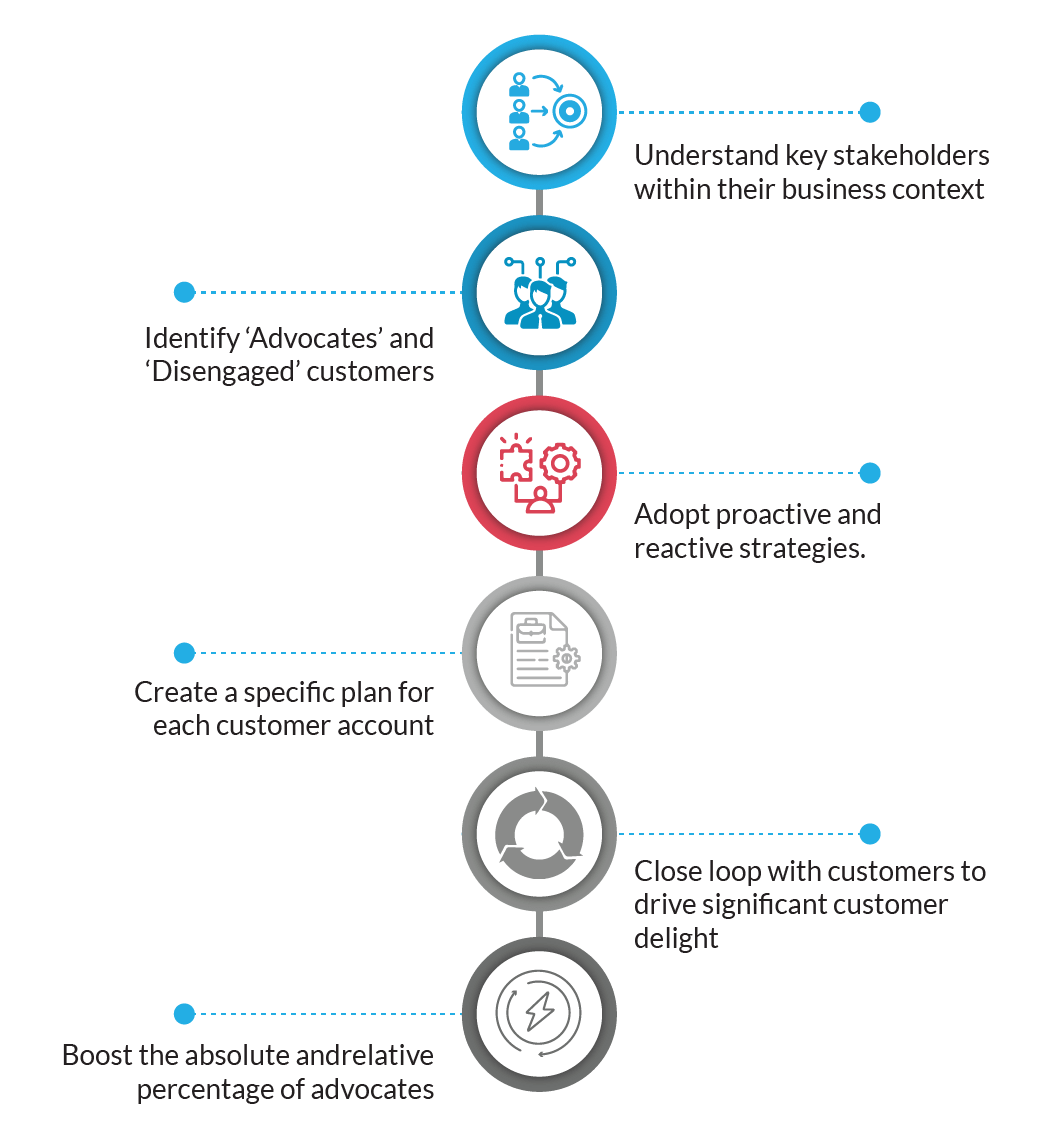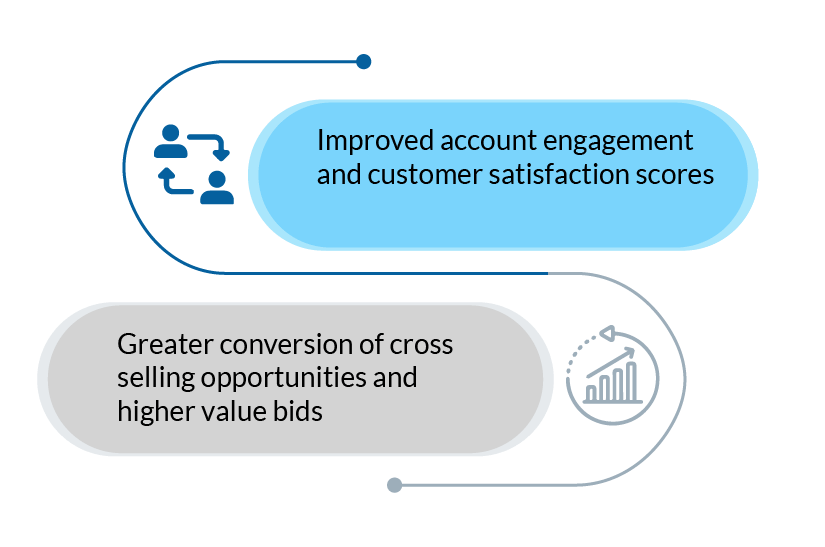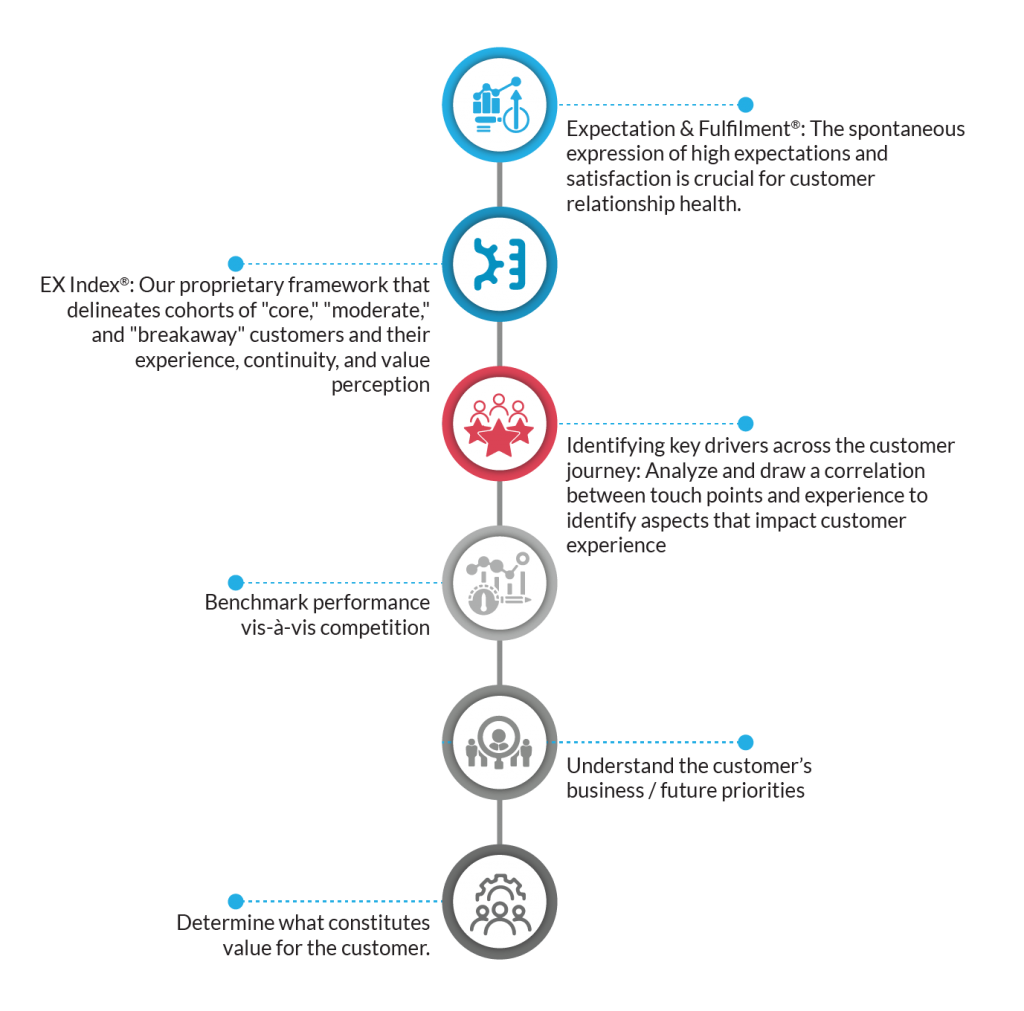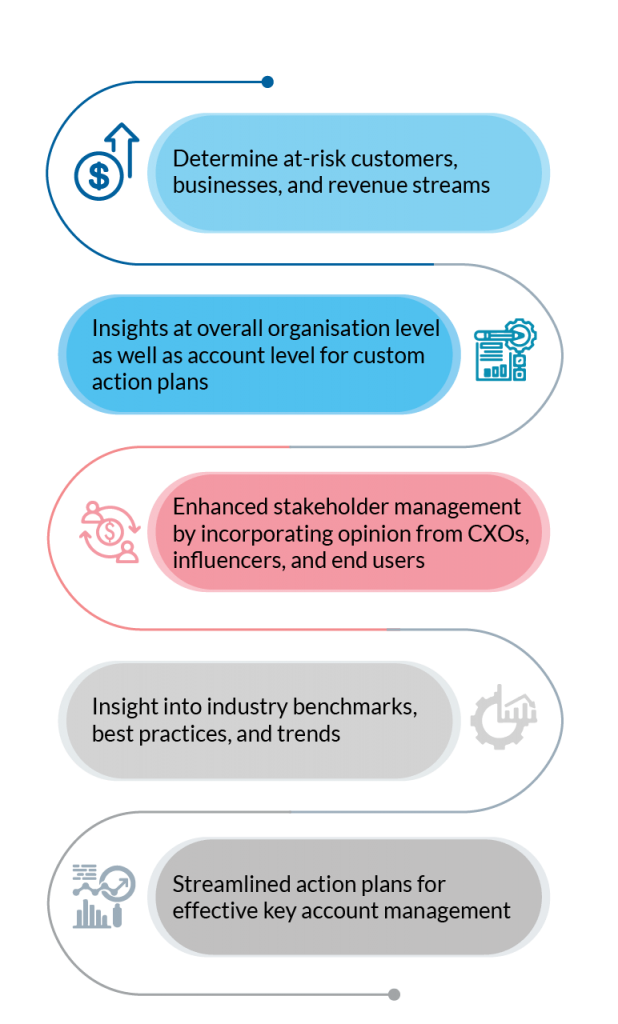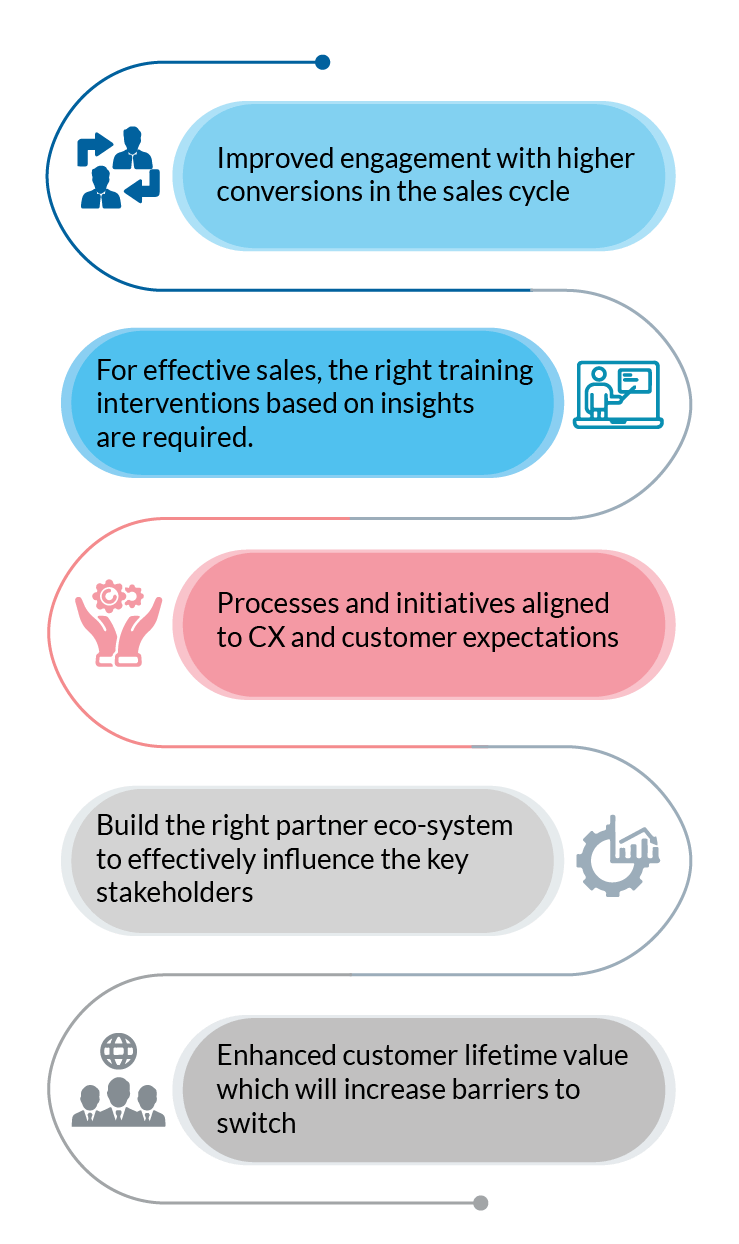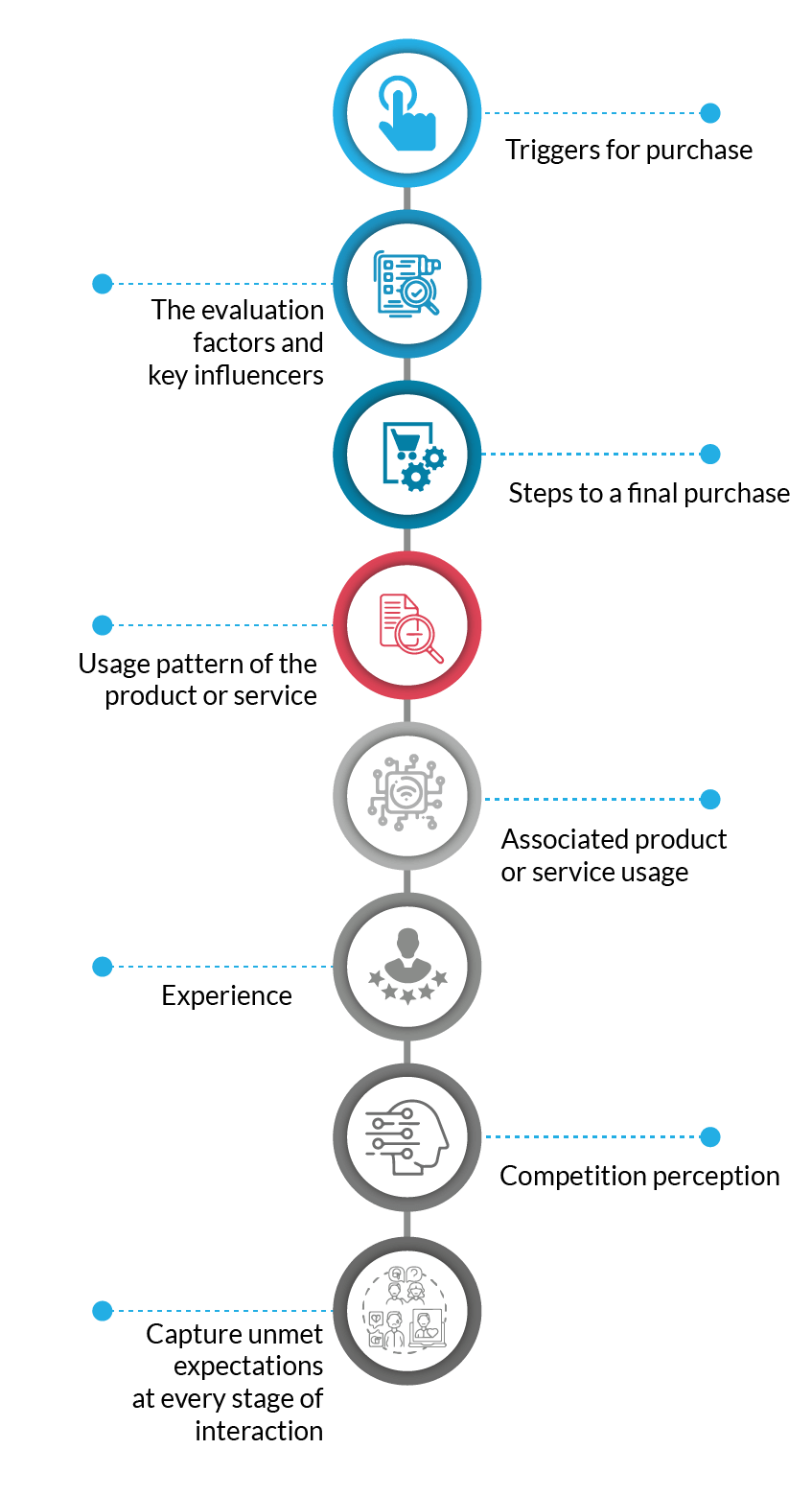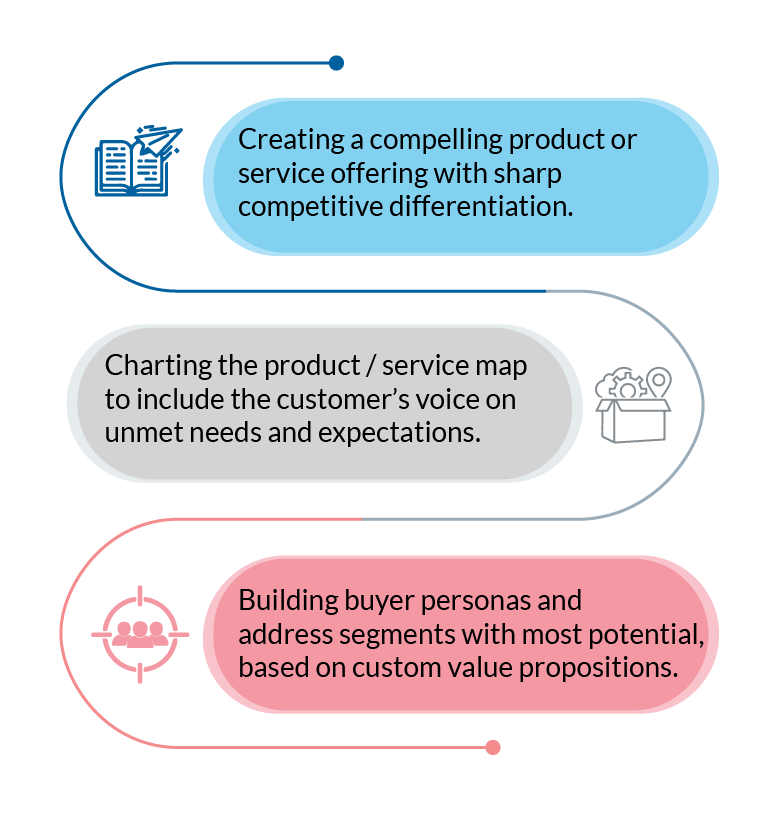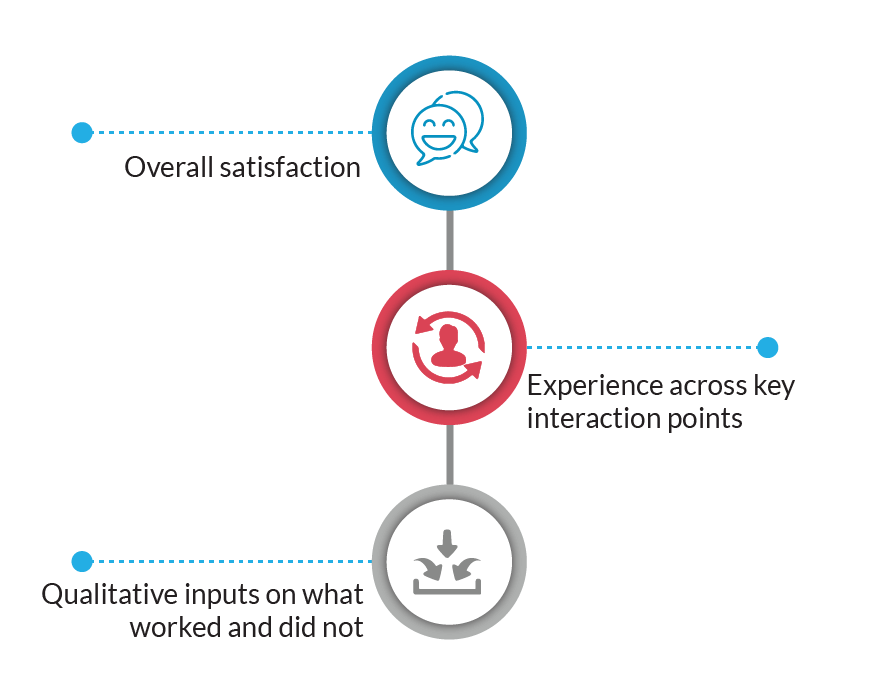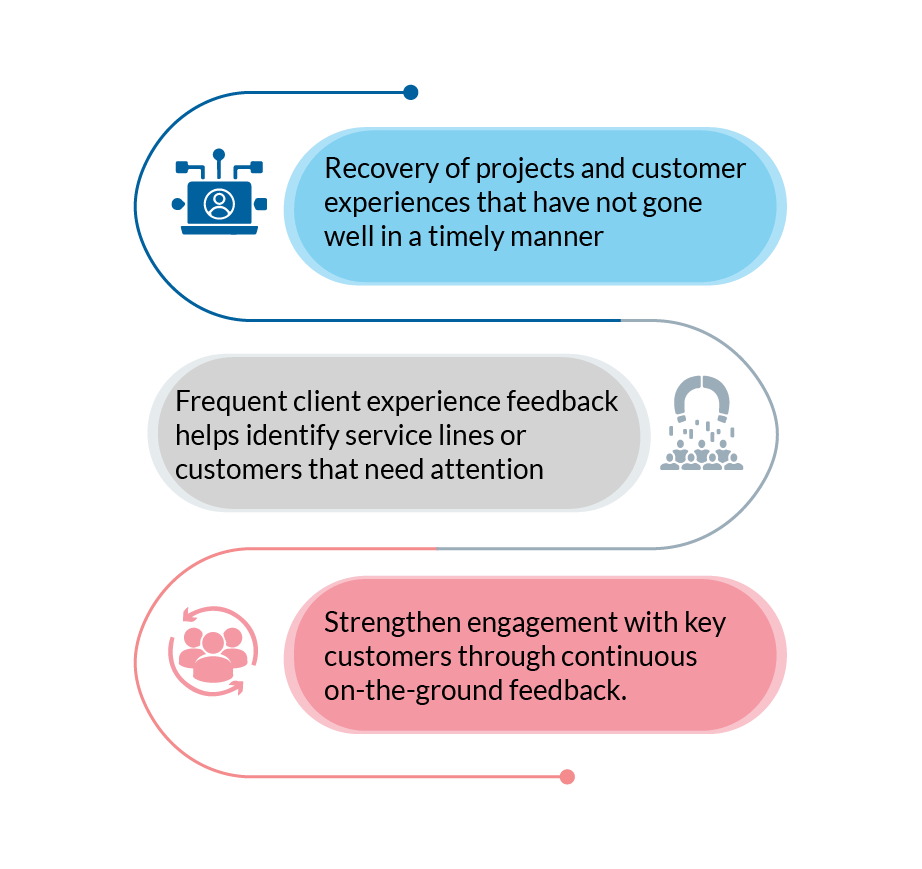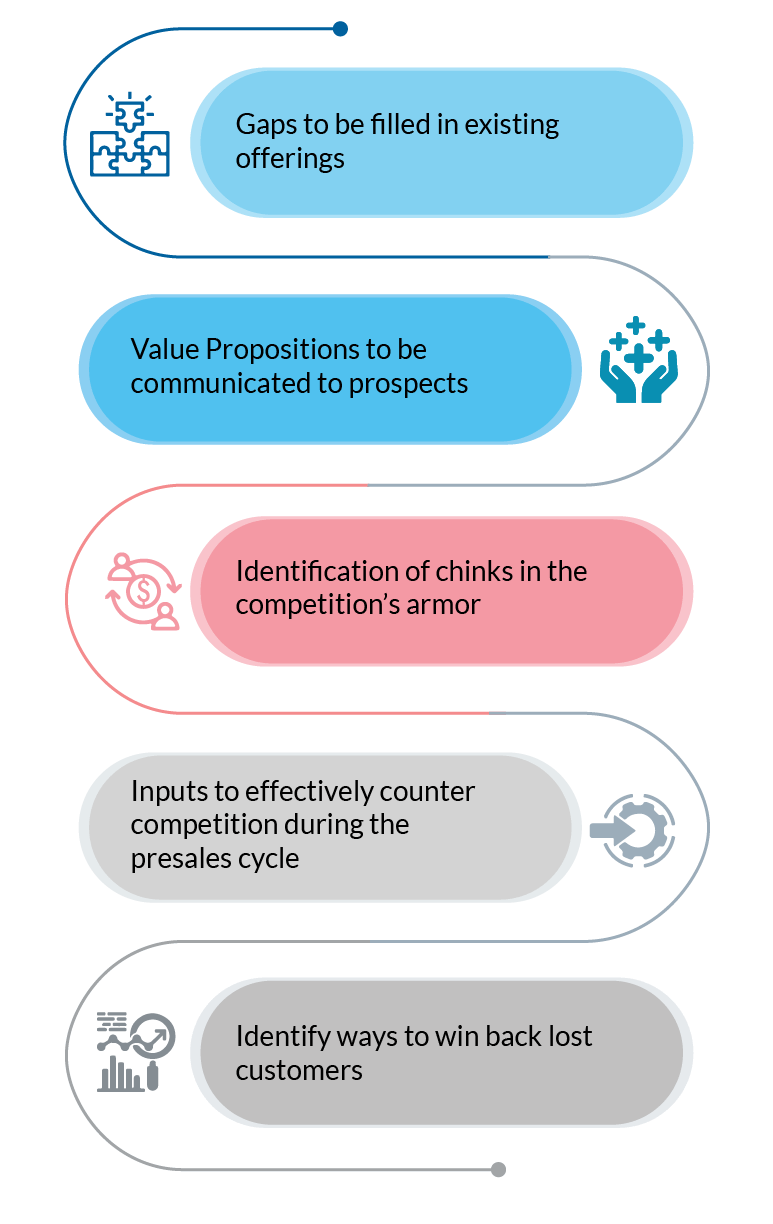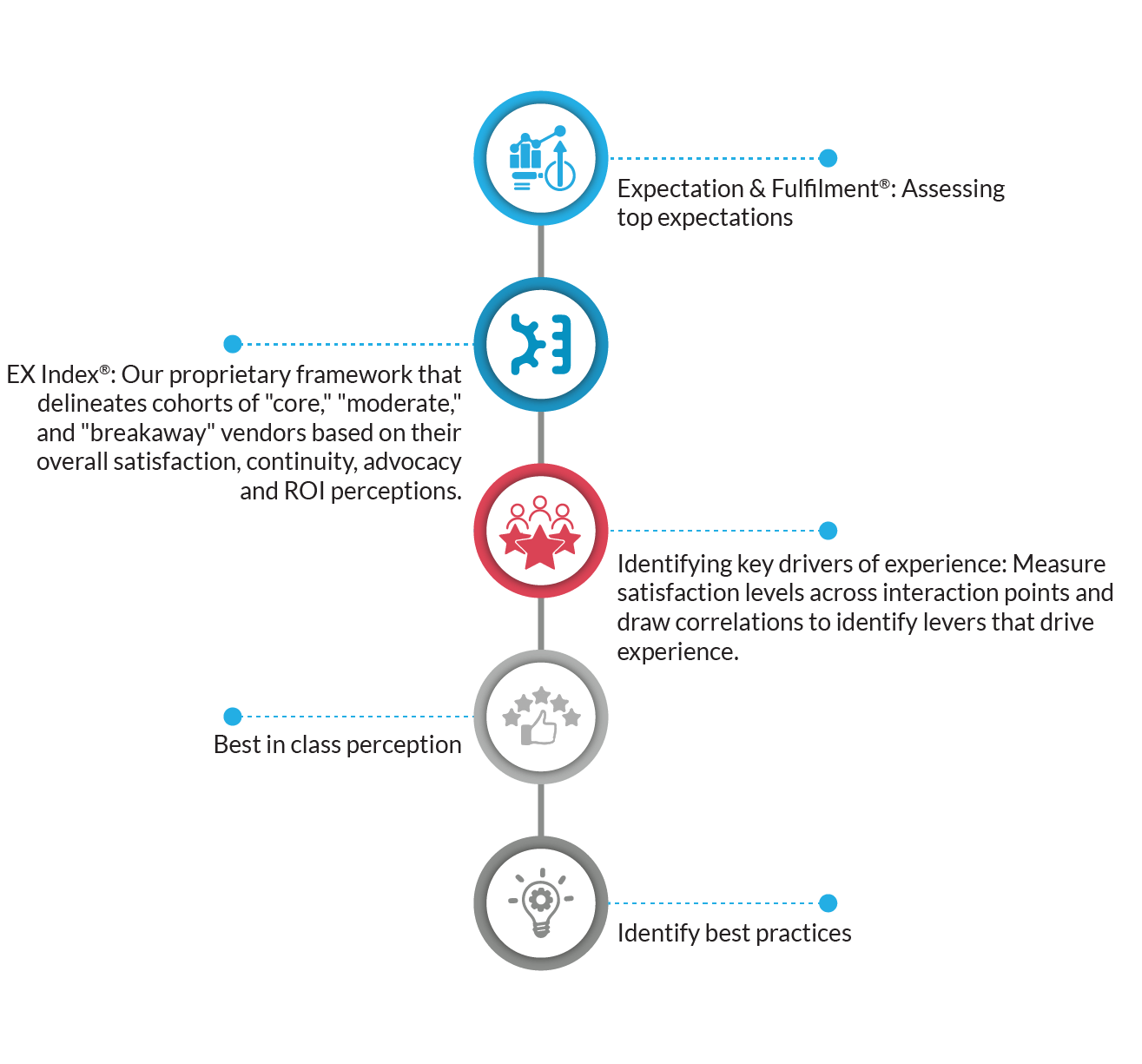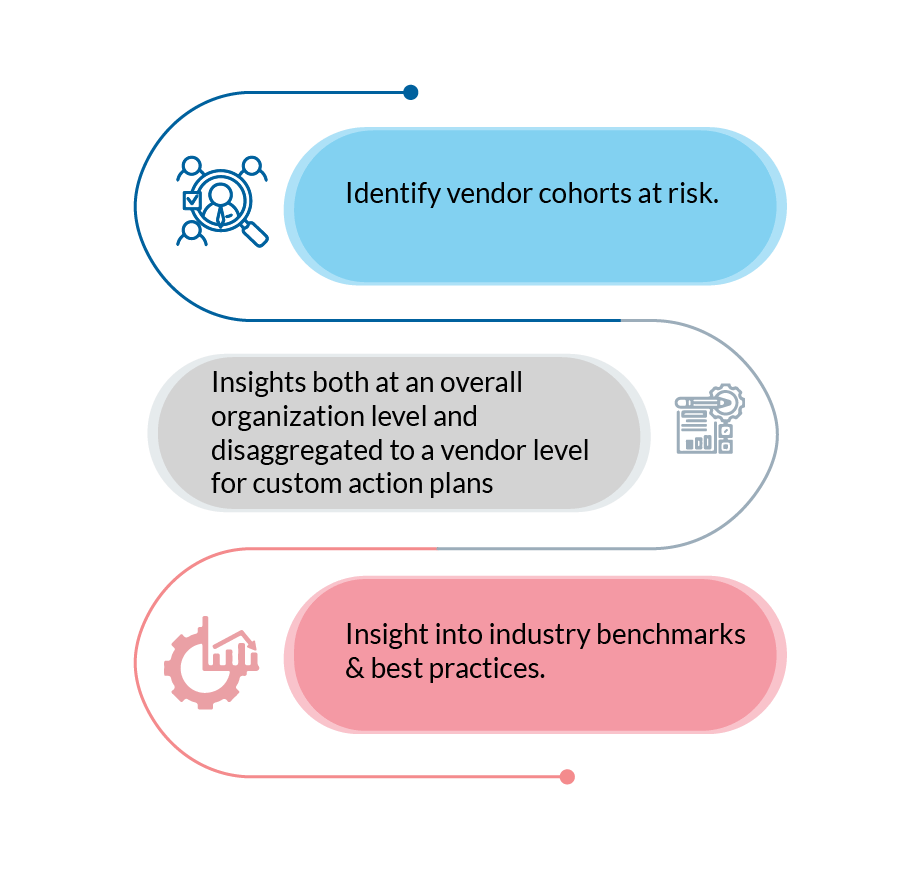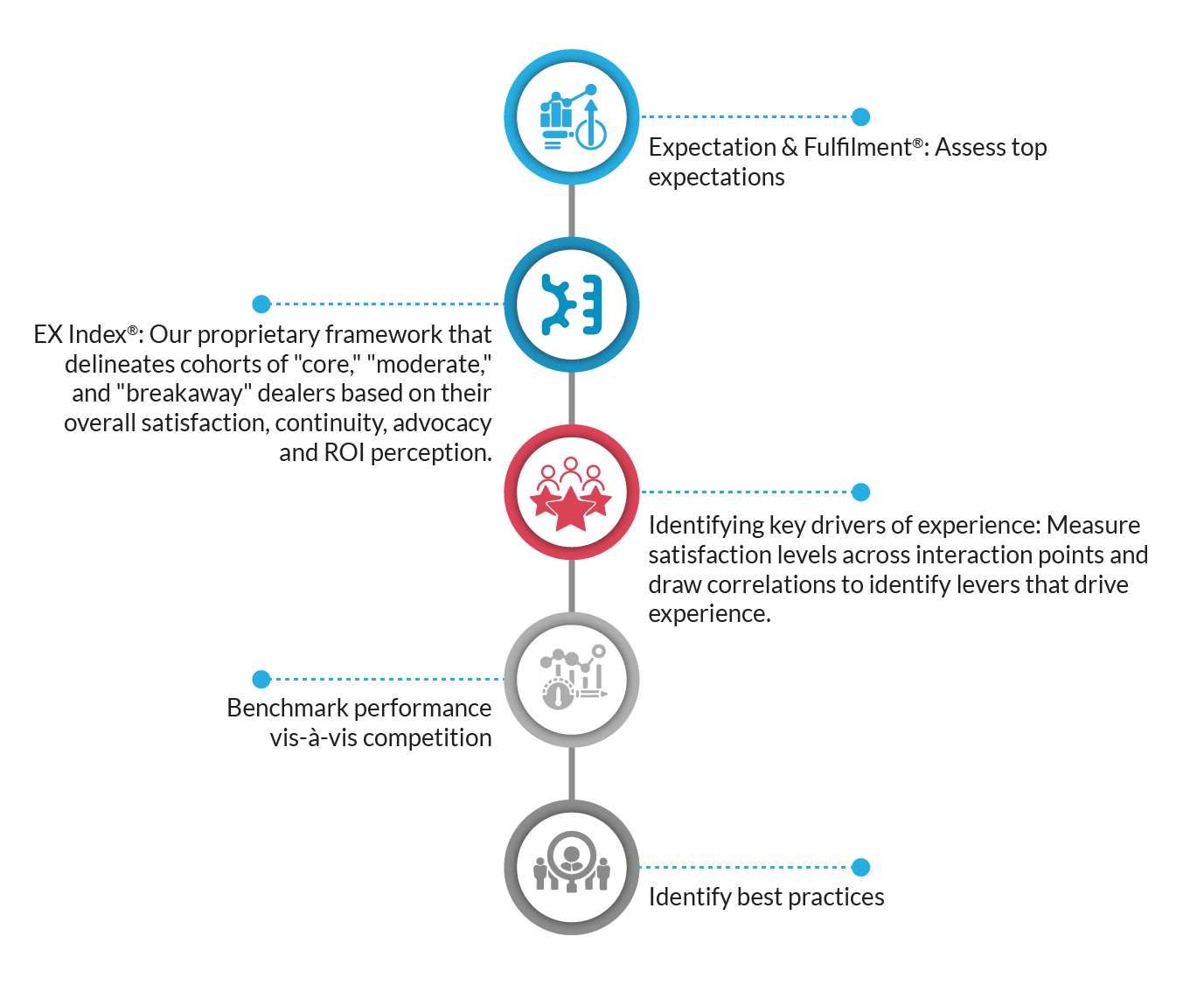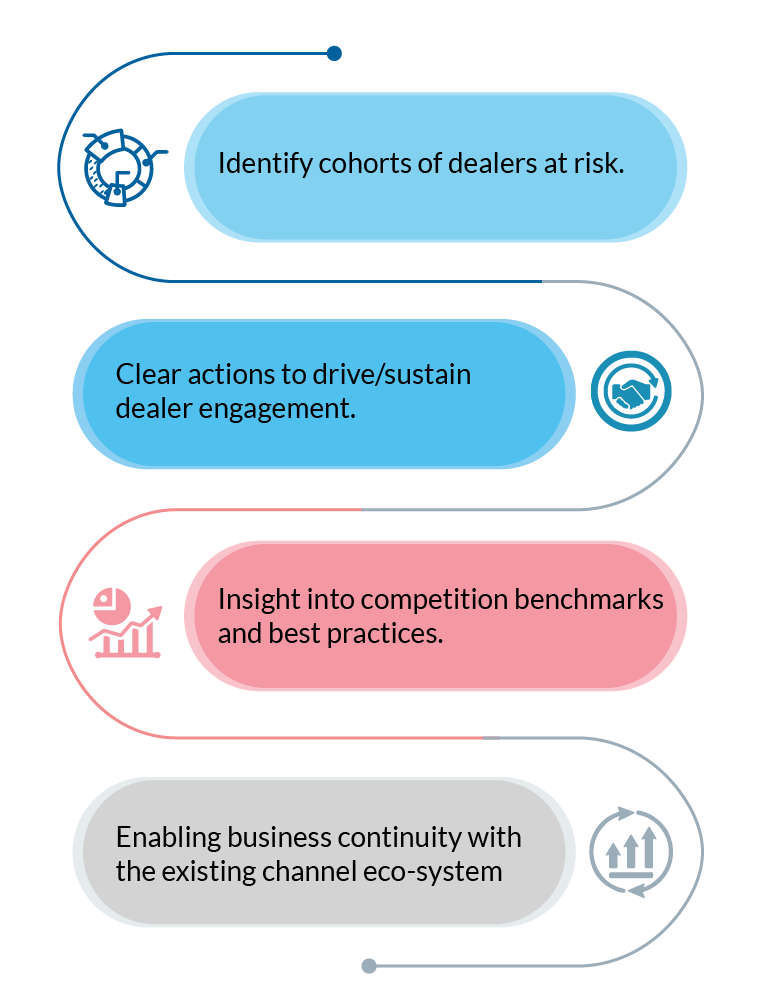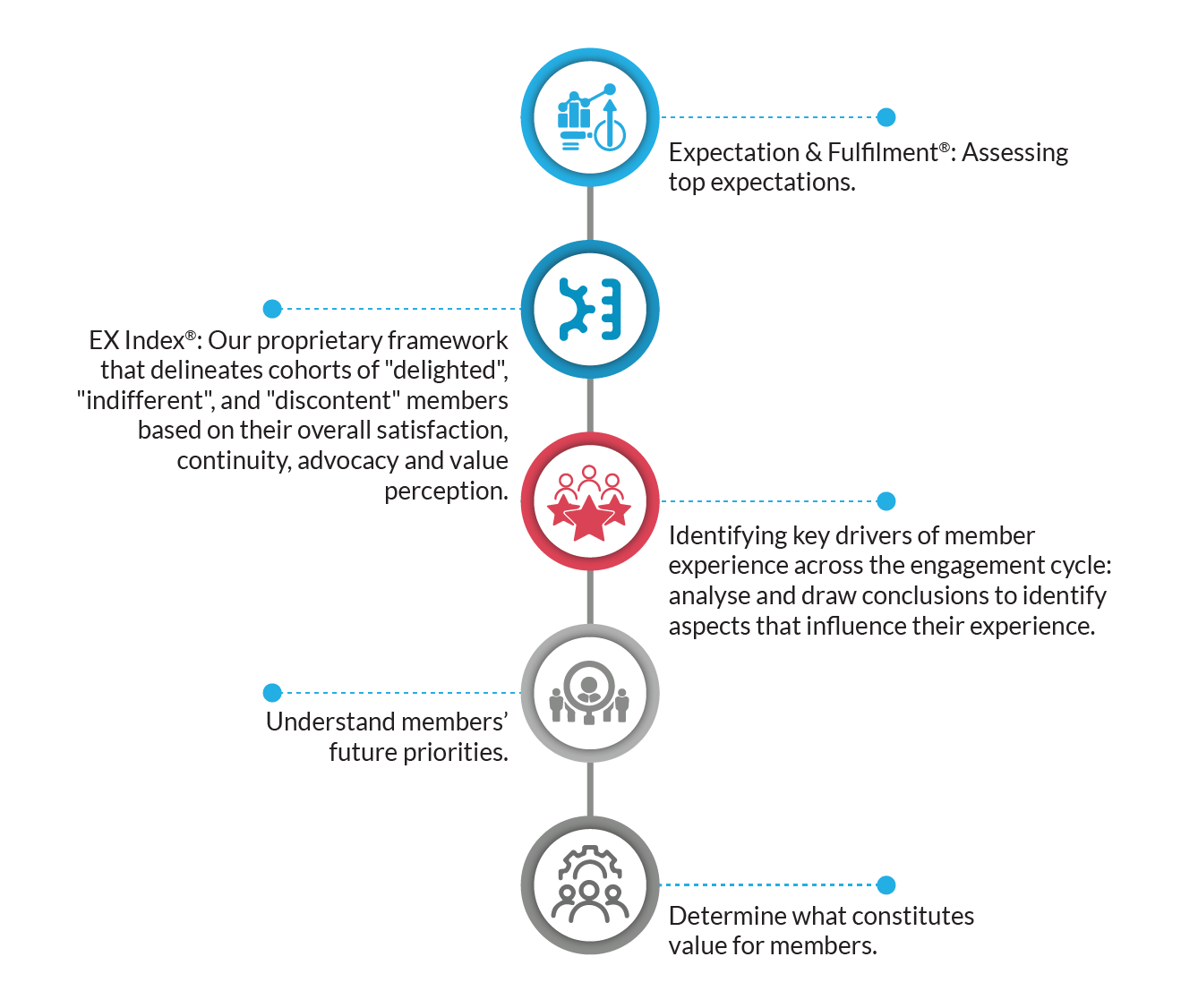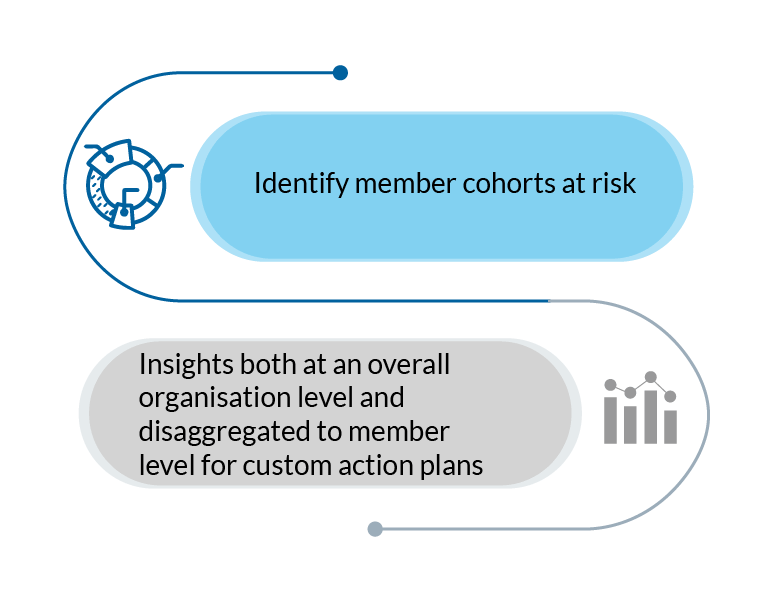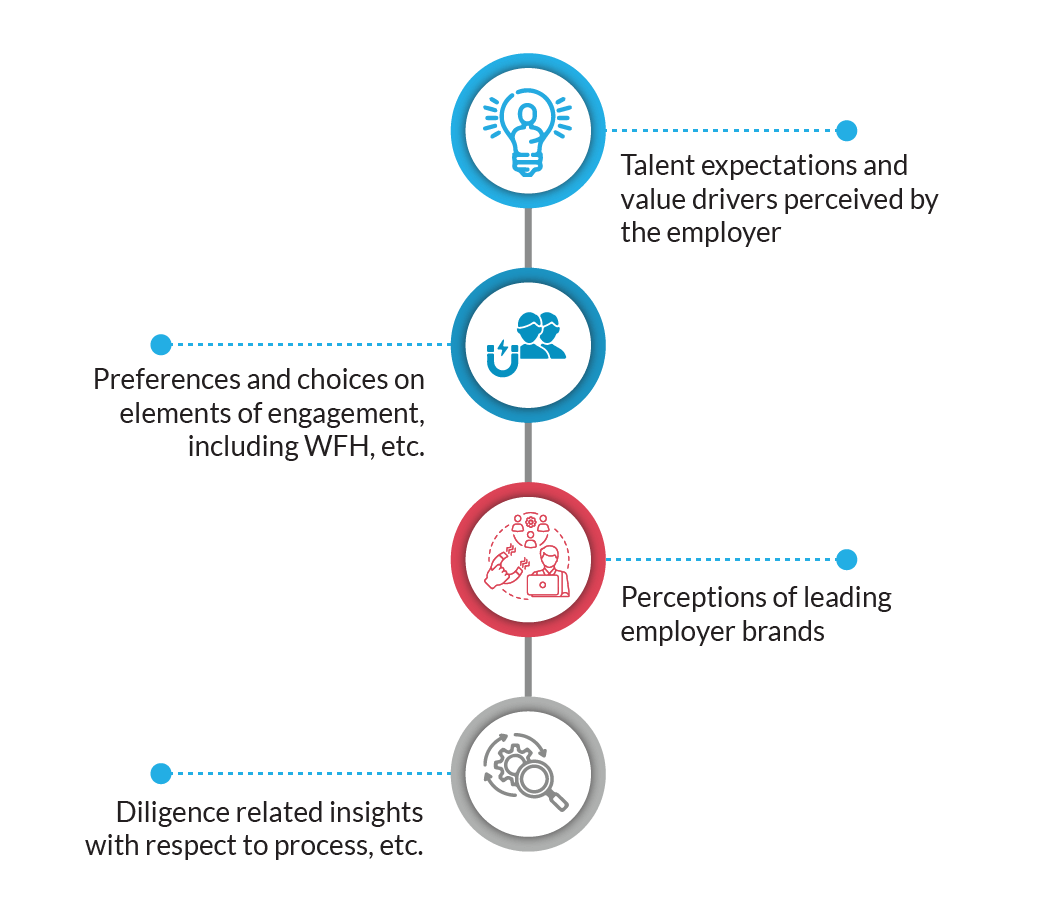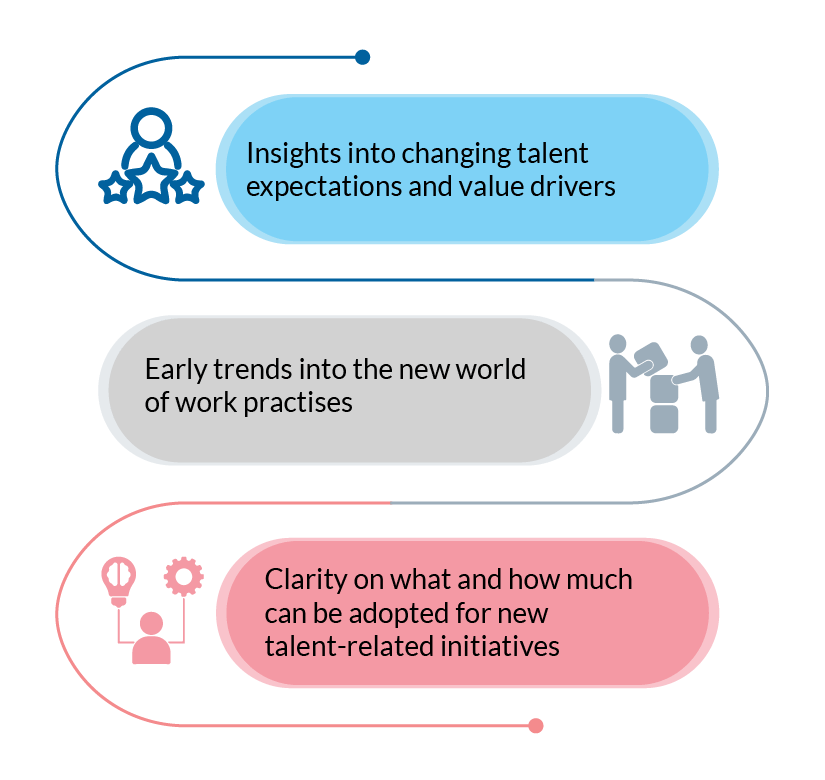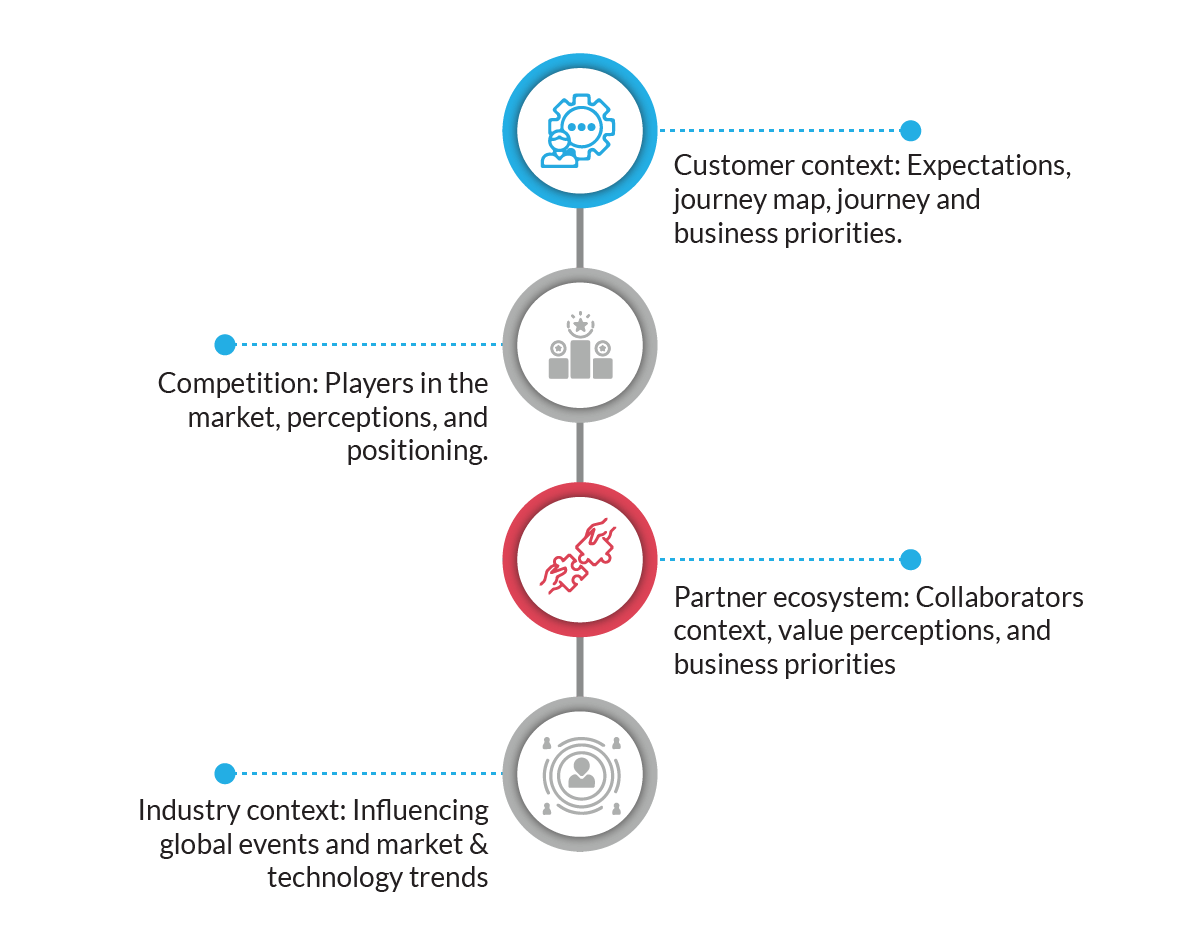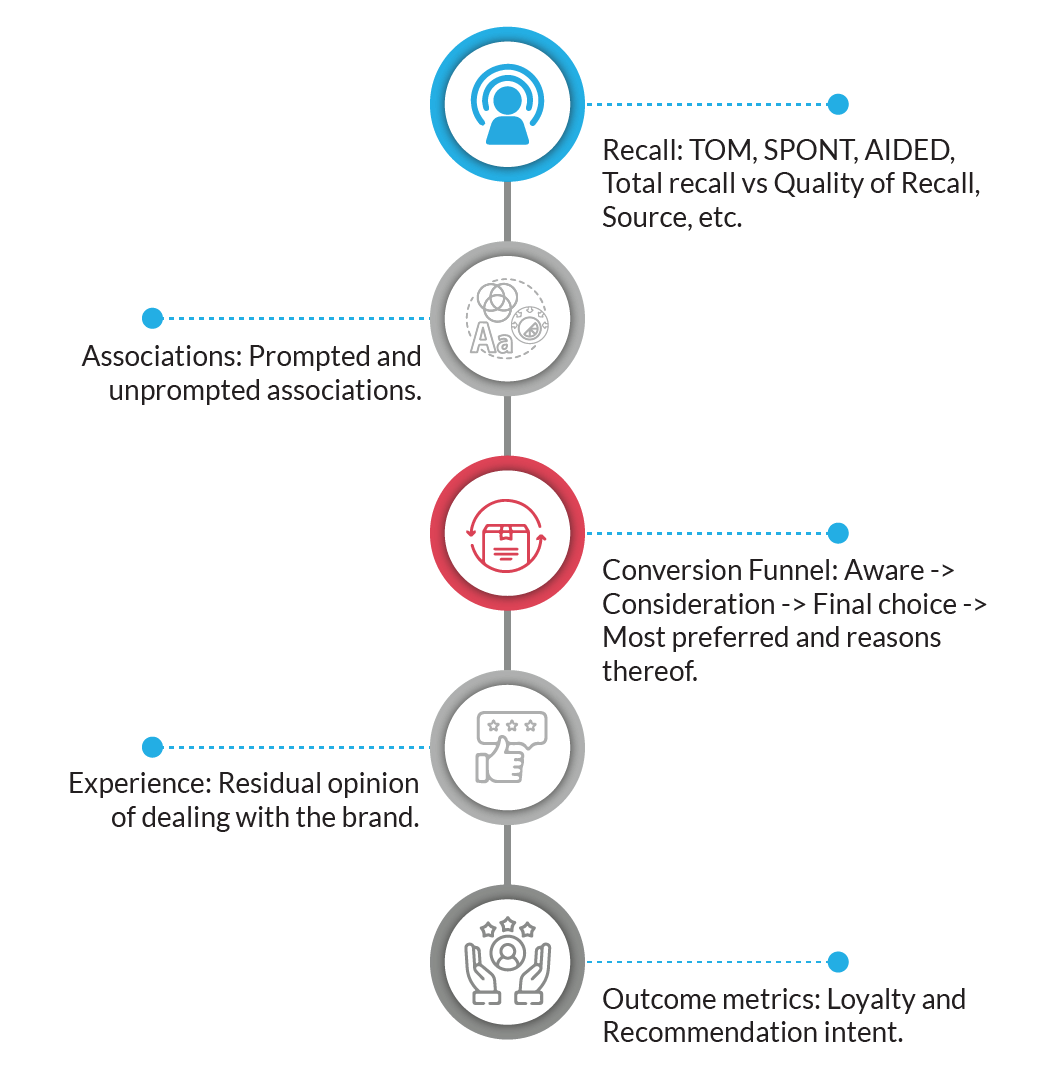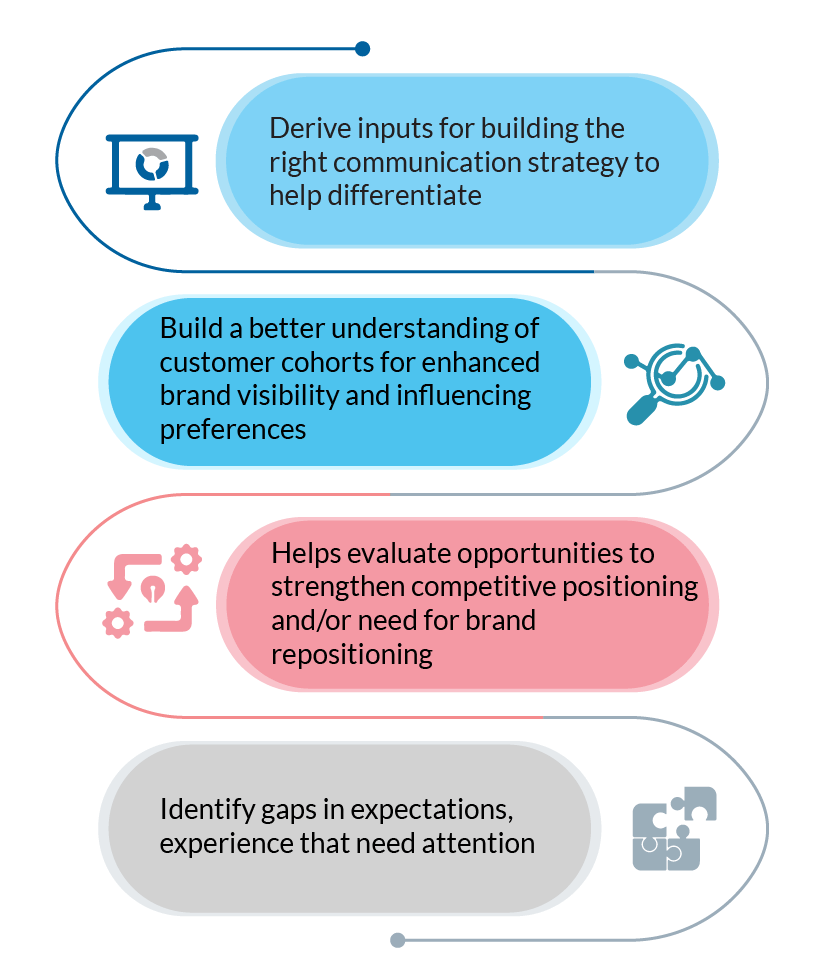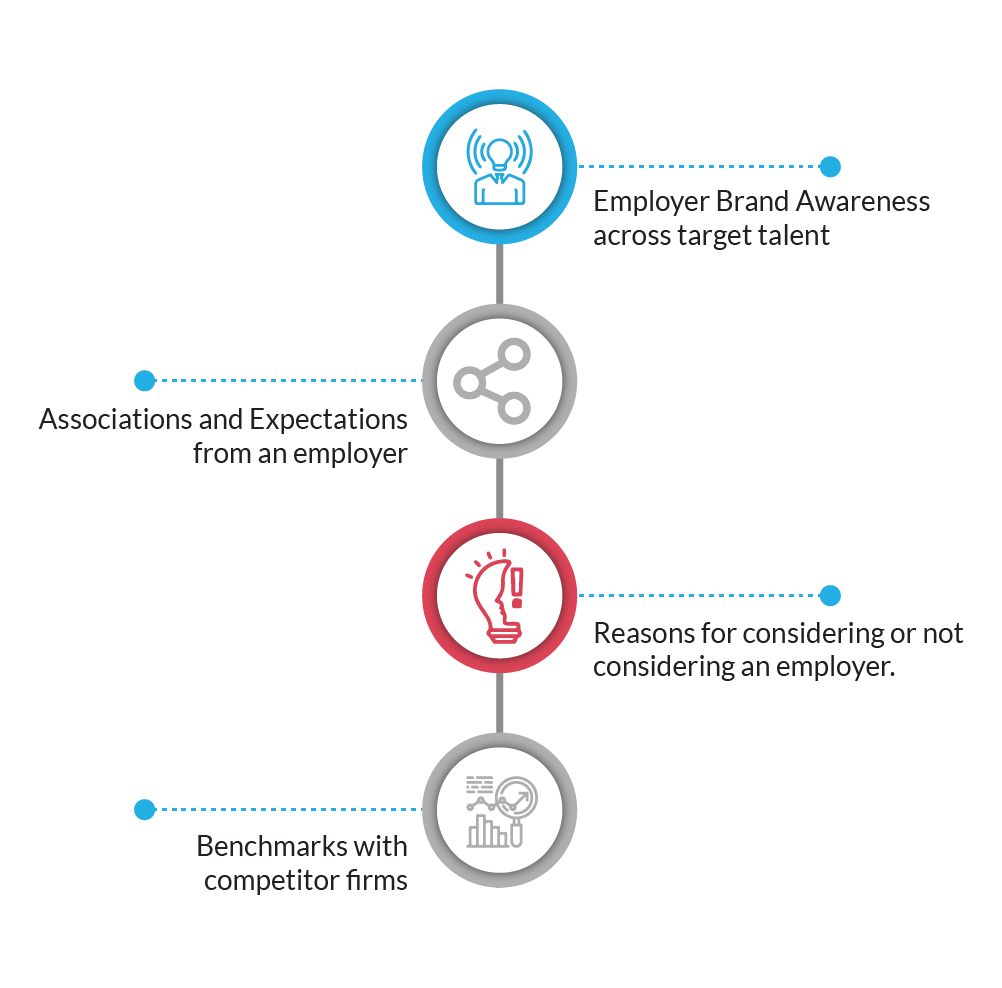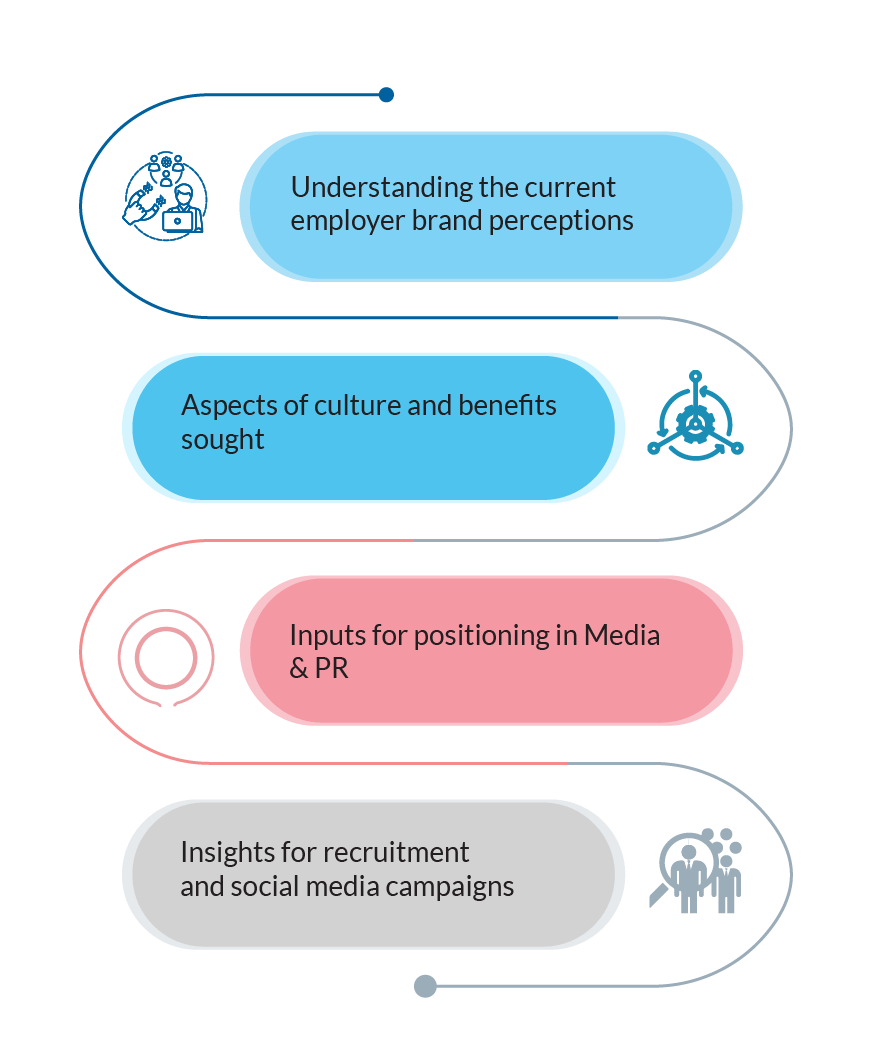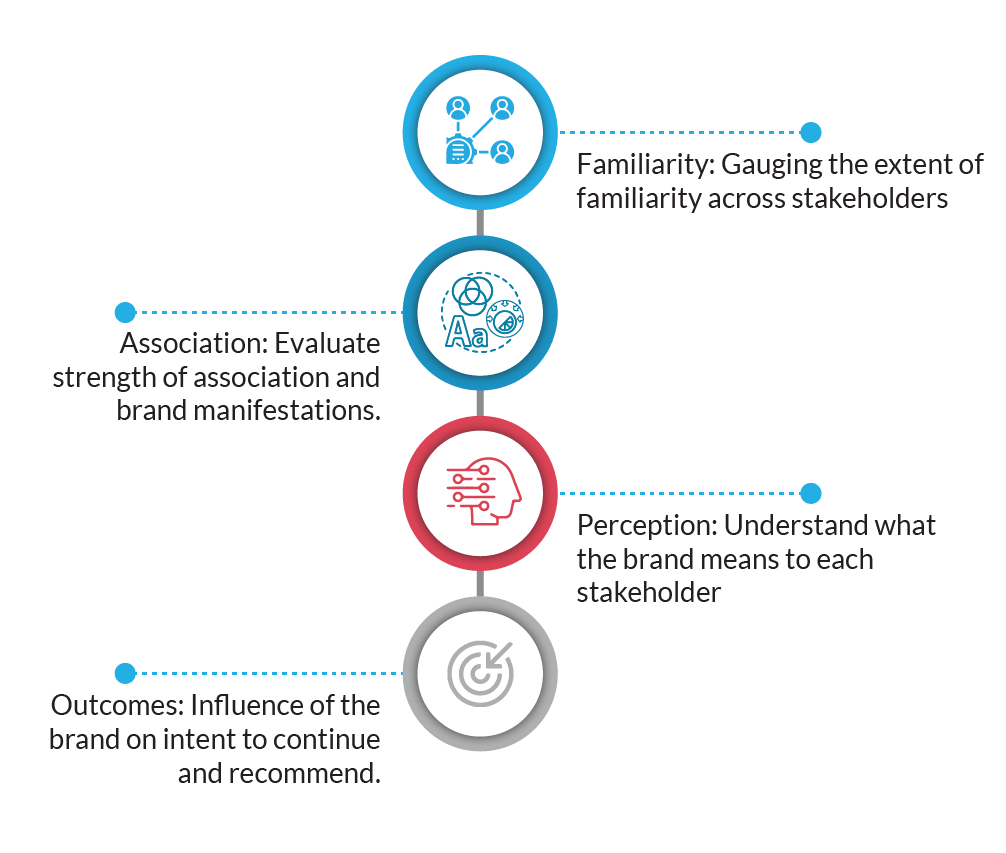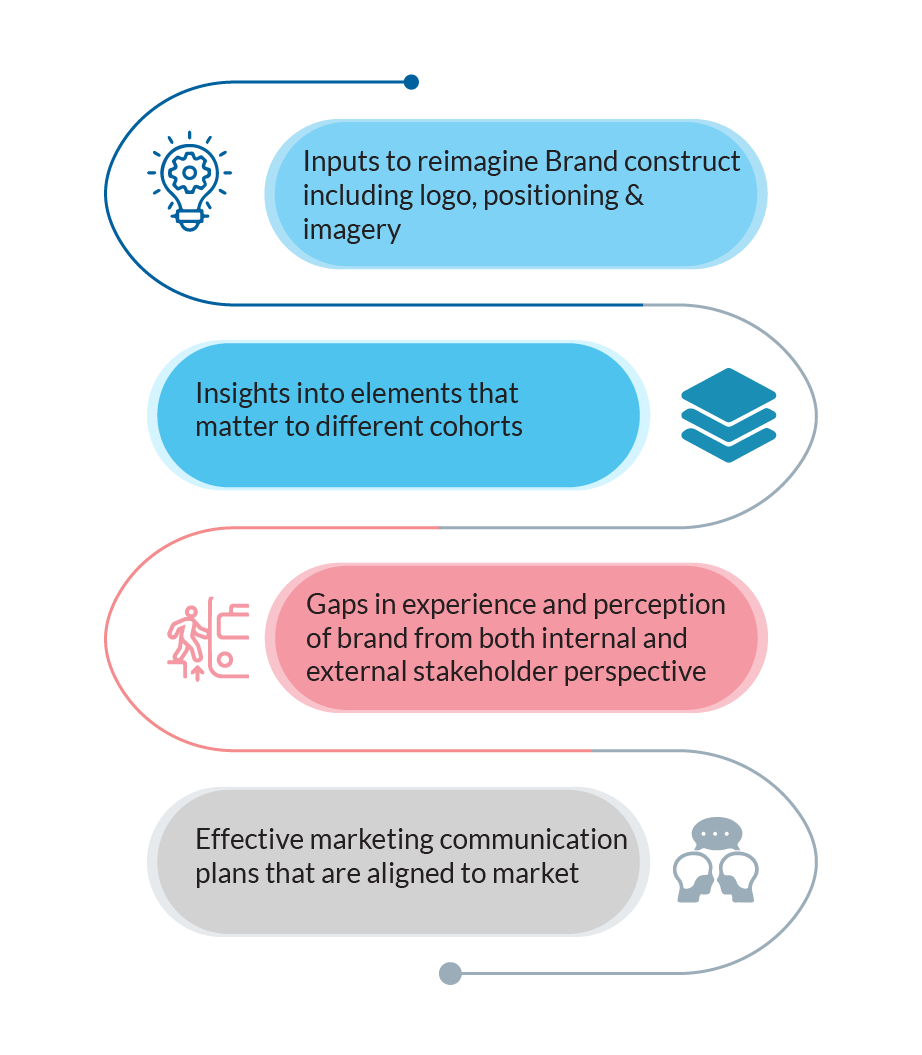In the fast-paced world of digital-first organizations, staying ahead of the curve is a monumental challenge. Even with an app/solution that truly solves customers problems, it’s a herculean to attract customers and retain them against the backdrop of a dynamic marketplace.
Customer preferences evolve rapidly. They can easily move away from your app, hit ‘uninstall,’ and/or switch to a competitor app/solution. Crafting a remarkable customer experience is probably the critical piece to survival, growth and differentiation.
Customer experience is the sum of every interaction and emotion your solution evokes, from the moment customers discover it to well beyond.
This article explores the three primary challenges that digital-first businesses encounter concerning customer experience and how insights from market research could pave the way.

The Challenge of App Adoption and Retention
Digital-first organizations face a daunting statistic: greater than 95% of customers who download their app either delete it without using it or uninstall it after a single use. This represents a significant hurdle in engaging and retaining users.
Uber when it entered India, saw adoptions soar as customers appreciated its intuitive app, pricing / offers and great riding experiences. It is another story that sustaining the same has become a challenge with dropping usage/retention.
The Rapid Pace of Innovation and Competition
Digital-first businesses need to be nimble and close to the ground on customer behaviour. New solutions, products, and competitive apps happen at an astonishing speed. This makes it difficult for organisations to assess the competitive landscape of the user … which is the go to app for the customer when he/she drops you.
Consider the case of TikTok, the short-form video platform that disrupted social media. It quickly gained immense popularity by offering a unique content format. Established platforms like Facebook and Instagram had to adapt and incorporate similar features to keep up. We see a similar story with ‘Quick ecommerce’ in India. Large players like BB, Swiggy, entered the space based on rising customer adoption and spends.
The Need for a Contextual Product Roadmap
Creating a successful product roadmap is a complex task especially with changing customer preferences. This necessitates a deep understanding of the context in which customers use their solutions, as well as their pain points and unexpected/un met expectations.
When expanding into new markets, Airbnb used extensive market research to understand local customs and preferences, adapting their platform accordingly. This led to better user experiences, increased trust, and higher engagement, ultimately making them a global leader in this space.
While data analytics can provide insights into demographics, drop-off rates, and usage patterns, they often fall short in revealing the nuanced aspects of customer behaviour and desires.
This is where market research plays a vital role. By conducting surveys, interviews, and observational studies, organizations can answer some key questions regarding their users.
- What drives adoption?
- What drives your power uses?
- Why do some active users dis engage?
- How can monetization be further leveraged?
In conclusion, customer experience is at the heart of success for digital-first organizations.. While data analytics provides valuable information, it’s market research that bridges the gap, offering insights that enable organizations to retain, grow, and build solutions that align with what customers truly seek.


















